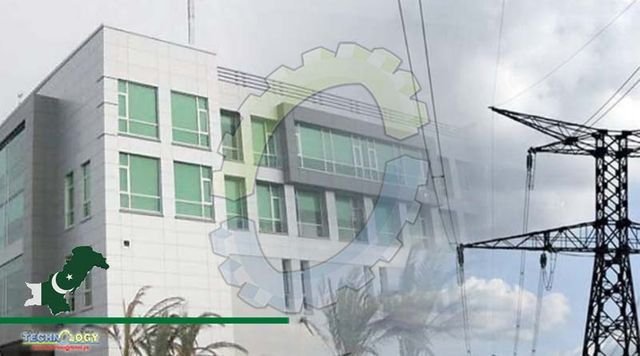K-Electric power may consider resuming load-shedding across its consumer network including the industrial zones, and may increase the duration of outages in the already affected areas to help people avoid default on monthly bill payments.

“The cost of power production has gone beyond peoples’ affordability,” K-Electric’s Chief Marketing Officer Sadia Dada said while briefing media on Wednesday. “Producing expensive electricity is no more viable and sustainable,” she said. “K-Electric may consider power breaks for three to five hours a day in the areas where there is zero load-shedding these days,” she said, adding that the company had kept industrial zones exempted from power outages for the past 11 years.
“Our top priority is to continue providing uninterrupted power supply to the exempted areas, particularly industrial areas, but financial constraints may force us to resort to power outages,” she said. “We would make a formal announcement before resuming load-shedding in industrial areas,” Dada said.
She said that there were 2,000 feeders installed across the K-Electric’s consumer network, of which 1,000-1,300 feeders were exempted from the outages. The exempted feeders may also face three to five hours of load-shedding in a day.
Besides, there are 500 feeders where the duration of outages varies from eight to 10 hours a day, while another 200 to 300 feeders face five to seven hours of load-shedding. The duration of blackouts on the already impacted feeders may go up by a couple of hours in the coming days, weeks and months, she said. At present, the average demand for electricity stands at 3,200-3,300 megawatts on K-Electric’s network, while the average shortfall stands at 400MW. “The peak demand touched 3,600MW on Tuesday (May 31),” she said.
The cost of fuel in power production has spiked Rs13-15 billion per month, as the company is producing electricity through expensive fuels including furnace oil, re-gasified liquefied natural gas (RLNG) and diesel following reduction in supply of locally produced cheaper gas to almost zero these days by Sui Southern Gas Company (SSGC).
The cost of fuel component in electricity generation has increased by around Rs5 per unit for March. “This will go up to Rs12 per unit in the coming months.” Earlier, the fuel cost adjustment (FCA) used to vary between Rs0.50 and Rs2 per unit, she recalled. The impact of the latest FCA of Rs5 per unit translated into an additional burden of Rs13-15 billion on K-Electric’s consumers, she said.
Earlier, SSGC was supplying 130 million cubic feet per day (mmcfd) of locally produced gas at a price of Rs857 per million British thermal units (mmbtu). Now, it is supplying 100 mmcfd of imported RLNG at a price of Rs4,700 per mmbtu. The cost of imported RLNG is 5.5 times higher compared to the locally produced natural gas. Accordingly, “K-Electric’s gas bill has spiked to Rs4.5 billion a week (Rs18 billion a month) compared to Rs3-3.5 billion a month earlier,” she said.
Similarly, the price of furnace oil has doubled to Rs150,000 per ton compared to Rs74,000-75,000 per ton about a year ago. K-Electric supplies power to over 2.5 million industrial, commercial and residential consumers in Karachi, other parts of Sindh and parts of Balochistan.
The cost of fuel component in electricity generation would go up further in the wake of implementation of International Monetary Fund’s (IMF) condition of withdrawing subsidies on petroleum products, including gas and diesel, she said. The government has increased petroleum product prices by Rs30 per litre with effect from May 27. There is consideration to further increase the prices by another Rs30 per litre.
K-Electric has raised the issues of unavailability of indigenous gas and the high cost of fuels before Sindh Chief Minister Murad Ali Shah and other officials through letters to get some respite for the general public. Dada said K-Electric’s management was in talks with banks to increase its borrowing limit to meet increased demand for working capital. It would help improve power supply to the consumers.
Source: This news is originally published by tribune